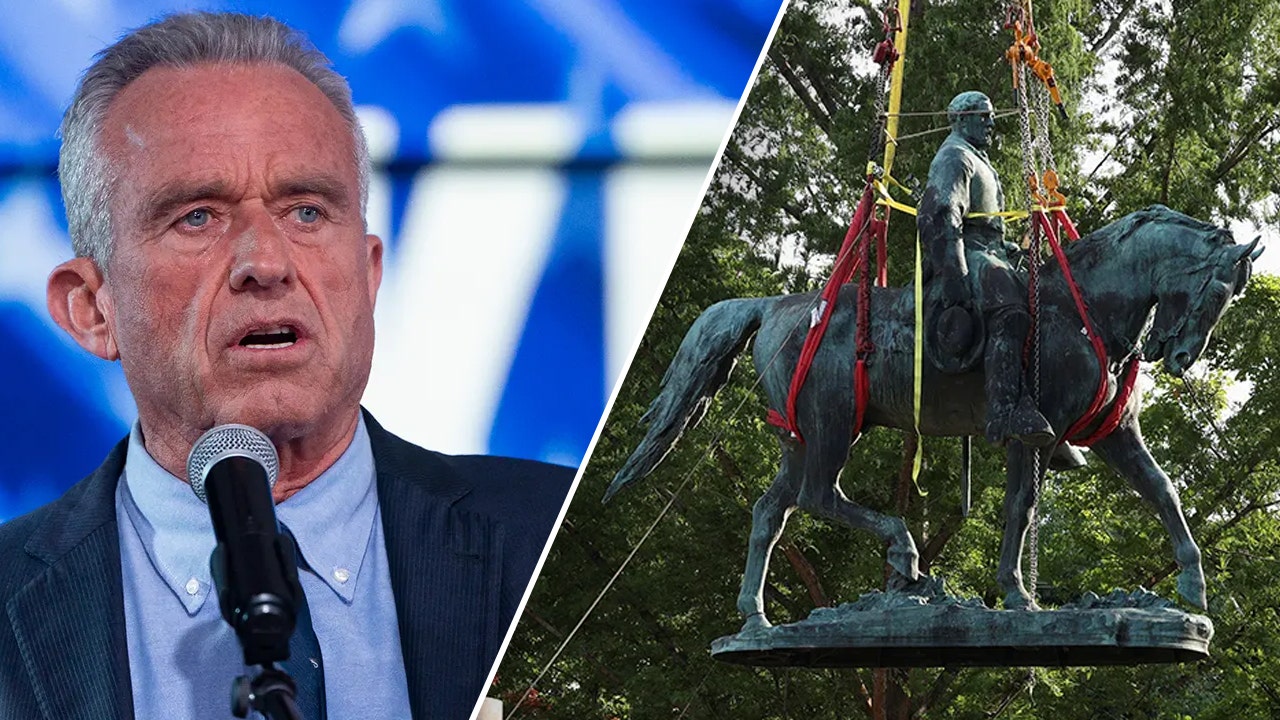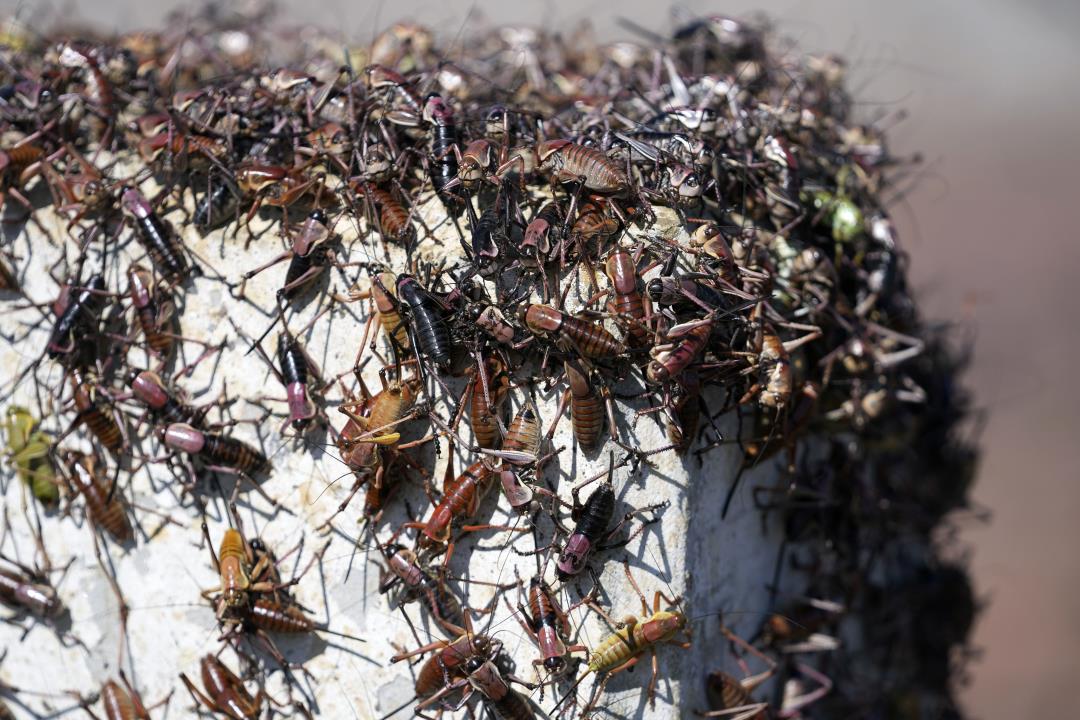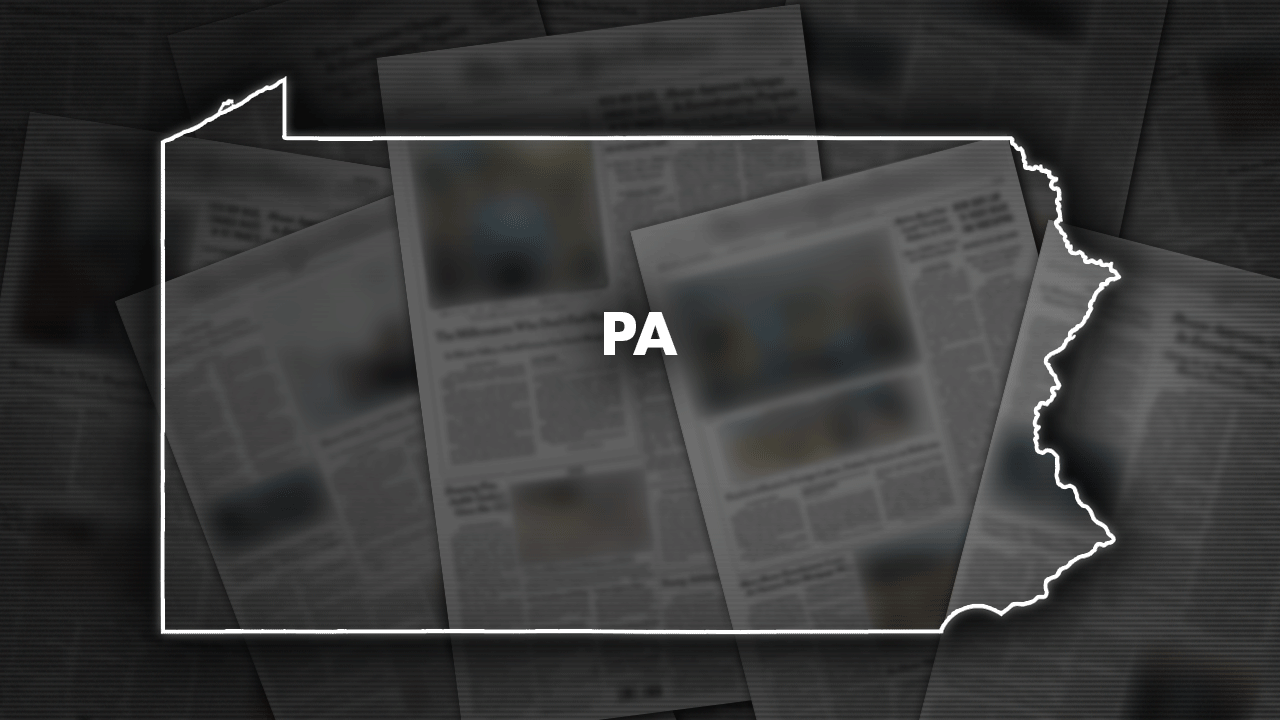Health
Enslaved African Americans in Maryland Linked to 42,000 Living Relatives

A construction team working on a highway expansion in Maryland in 1979 discovered human remains on the grounds of an 18th-century ironworks. Eventually, archaeologists uncovered 35 graves in a cemetery where enslaved people had been buried.
In the first effort of its kind, researchers now have linked DNA from 27 African Americans buried in the cemetery to nearly 42,000 living relatives. Almost 3,000 of them are so closely related that some people might be direct descendants.
Henry Louis Gates Jr., a historian at Harvard University and an author of the study, published on Thursday in the journal Science, said that the project marked the first time that historical DNA had been used to connect enslaved African Americans to living people.
“The history of Black people was intended to be a dark, unlit cave,” Dr. Gates said. With the new research, “you’re bringing light into the cave.”
In an accompanying commentary, Fatimah Jackson, an anthropologist at Howard University, wrote that the research was also significant because the local community in Maryland worked alongside geneticists and archaeologists.
“This is the way that this type of research should be performed,” Dr. Jackson wrote.
The cemetery was located at a former ironworks called the Catoctin Furnace, which started operating in 1776. For its first five decades, enslaved African Americans carried out most of the work including chopping wood for charcoal and crafting items like kitchen pans and shell casings used in the Revolutionary War.
Elizabeth Comer, an archaeologist and the president of the Catoctin Furnace Historical Society, said that some of the workers were most likely skilled in ironworking before being forced into slavery.
“When you’re stealing these people from their village in Africa and bringing them to the United States, you were bringing people who had a background in iron technology,” she said.
Upon their discovery, some of the remains were taken to the Smithsonian for curation. In 2015, the historical society and the African American Resources Cultural and Heritage Society in Frederick, Md., organized a closer look.
Smithsonian researchers documented the toll that hard labor at the furnace took on the enslaved people. Some bones had high levels of metals like zinc, which workers inhaled in the furnace fumes. Teenagers suffered damage to their spines from hauling heavy loads.
The identities of the buried African Americans were a mystery, so Ms. Comer looked through diaries of local ministers for clues. She assembled a list of 271 people, almost all of whom were known only by a first name. One family of freed African Americans, she discovered, supplied charcoal to the furnace operators.
From that list, Ms. Comer has managed to trace one family of enslaved workers to living people and one family of freed African Americans to another set of descendants.
At Harvard, researchers extracted DNA from samples of the cemetery bones. Genetic similarities among 15 of the buried people revealed that they belonged to five families. One family consisted of a mother laid alongside her two sons.
Following Smithsonian guidelines, the researchers made the genetic sequences public in June 2022. They then developed a method to reliably compare historical DNA to the genes of living people.
Éadaoin Harney, a former graduate student at Harvard, continued the genetic research after she joined the DNA-testing company 23andMe, focusing on the DNA of 9.3 million customers who had volunteered to participate in research efforts.
Dr. Harney and her colleagues looked for long stretches of DNA that contained identical variants found in the DNA of the Catoctin Furnace individuals. These stretches reveal a shared ancestry: Closer relatives share longer stretches of genetic material, and more of them.
The researchers found 41,799 people in the 23andMe database with at least one stretch of matching DNA. But a vast majority of those people were only distant cousins who shared common ancestors with the enslaved people.
“That person might have lived several generations before the Catoctin individual, or hundreds or thousands of years,” Dr. Harney said.
The researchers also found that the people buried at the Catoctin Furnace mostly carried ancestry from two groups: the Wolof, who live today in Senegal and Gambia in West Africa, and the Kongo, who now live 2,000 miles away in Angola and the Democratic Republic of Congo.
About a quarter of the individuals in the cemetery had only African ancestry. DNA from the rest typically showed traces of ancestry from Britain — the legacy of white men who raped Black women, as the authors noted in their study.
Most of the living people with links to the furnace reside in the United States. Almost 3,000 people had especially long stretches of matching DNA, which could mean they are direct descendants or can trace their ancestry to cousins of the Catoctin Furnace workers.
A strong concentration of these close relatives is in Maryland, Dr. Gates noted. That continuity contrasts with the Great Migration, which brought millions of African Americans out of the South in the early 20th century.
“The thing about Maryland is that it’s a border state,” Dr. Gates said. “What this means is that a lot of people didn’t leave, which is quite interesting.”
In advance of the publication of their paper, the researchers shared the results with the two families that Ms. Comer identified through her own research, as well as with the African American Resources Cultural and Heritage Society.
Andy Kill, a spokesman for 23andMe, said that the company was willing to share genetic results with relatives who participated in the new study. So far, the company hasn’t been asked.
But 23andMe does not have plans to notify the thousands of other customers who have a connection to the enslaved people of the Catoctin Furnace. When customers consent for their DNA to be used for research, the data is stripped of their identities to protect their privacy.
“We still have work to do on thinking about the best way to do that, but it’s something we would like to do at some point,” Mr. Kill said.
Jada Benn Torres, a genetic anthropologist at Vanderbilt University who was not involved in the research, said rushing out the results would be a mistake.
“To take this process slowly gives us time to think about what the different repercussions might be,” she said, “in terms of opening these boxes and looking in and finding answers that we didn’t even know we had questions about.”
The Catoctin Furnace is only one of many African American burial grounds scattered across the country. Alondra Nelson, a social scientist at the Institute for Advanced Study in Princeton, N.J., said that similar studies could be carried out with the remains found in them, so long as scientists partner with the people caring for the cemeteries.
“If these kinds of projects go forward, it is going to require researchers to have a real engagement with these well-established communities,” Dr. Nelson said.

Health
Feeding peanuts to babies could prevent allergies through the teen years, study finds

Feeding peanut butter to babies — starting during infancy and continuing until age 5 — has been shown effective in reducing allergies into adolescence, according to a new study by King’s College London.
The LEAP-Trio study, published on Tuesday in NEJM Evidence, showed that children who consumed peanuts early in life were 71% less likely to develop peanut allergies all the way up to 13 years of age.
This was a follow-up to the Learning Early About Peanut Allergy (LEAP) clinical trial. The National Institute of Allergy and Infectious Diseases (NIAID) sponsored and co-funded both studies.
10 SURPRISING FACTS ABOUT PEANUT ALLERGIES, ACCORDING TO A PEDIATRIC IMMUNOLOGIST
In the original trial, half the participants were asked to consume peanuts regularly from infancy until age 5, while the other half were asked to avoid the food during that period.
Researchers found that early introduction of peanuts reduced the risk of peanut allergy at age 5 by 81%.
Feeding peanut butter to babies has shown to be effective in reducing allergies into adolescence, according to a new study. (iStock)
This latest trial included 508 participants from the original study, averaging 13 years of age.
The children were given peanuts in a “carefully controlled setting” to gauge any allergic reactions.
Peanut allergies were “significantly more prevalent” among the children who avoided peanuts in the first five years of life.
BABY SLEEP DANGERS REVEALED IN NEW STUDY AS NEARLY 70% OF INFANT DEATHS WERE DUE TO CO-SLEEPING
“Regular, early peanut consumption reduced the risk of peanut allergy in adolescence by 71% compared to early peanut avoidance,” the study authors wrote.
This effect persisted regardless of whether the children had eaten peanuts regularly or avoided them over a period of many years.
FDA APPROVES ALLERGY DRUG TO LESSEN SEVERITY OF REACTIONS TO PEANUTS, DAIRY, OTHER FOODS
“The key finding of this study is that early consumption of peanut, starting early in the first year of life, confers long-term protection against peanut allergy all the way into adolescence, even without continued consumption of peanut beyond the age of five years,” lead study investigator Gideon Lack, a professor at King’s College London, told Fox News Digital.

Children who consumed peanuts early in life were 71% less likely to develop peanut allergies all the way up to 13 years of age, researchers found. (iStock)
“This is the first study to establish long-term oral tolerance as a protective strategy against peanut allergy.”
To prevent peanut allergy, young babies as early as 4 months of age should be given peanuts in the form of peanut puffs or peanut butter “regularly and frequently” — at least three times a week — over the first four to five years of life, the researchers recommended.
GLUTEN-FREE LIFESTYLE: DEBUNKING MYTHS AND DECIDING IF THE DIET IS RIGHT FOR YOU
“I was not entirely surprised, but nevertheless impressed by the strong protective effect of early peanut consumption preventing peanut allergy all the way into adolescence,” Lack noted.
“This indicates that lifelong tolerance may have been achieved.”

“Early introduction of infant-safe peanut foods has been proven to help prevent peanut allergies, especially but not exclusively in infants at risk for peanut allergies,” a registered dietitian told Fox News Digital. (iStock)
Sherry Coleman Collins, a food allergy dietitian in Marietta, Georgia, was not involved in the study but shared her insights on the topic.
“Early introduction of infant-safe peanut foods has been proven to help prevent peanut allergies, especially but not exclusively in infants at risk for peanut allergies,” she told Fox News Digital.
“In this study, they found that even if children who ate peanut foods in infancy stopped eating peanuts for a period of time, they were still protected against developing a peanut allergy,” Collins continued.
CLICK HERE TO SIGN UP FOR OUR HEALTH NEWSLETTER
This supports the idea that tolerance to foods developed in infancy can extend into adolescence, according to Collins.
“Infants who have moderate to severe eczema and/or egg allergy should discuss early introduction of peanut foods to help prevent peanut allergies because they are at highest risk,” she advised.
“Infants who have moderate to severe eczema and/or egg allergy should discuss early introduction of peanut foods to help prevent allergies.”
The study did have some limitations, Lack acknowledged.
“One weakness of the study is that it was carried out in a high-risk population of babies with severe eczema or hens egg allergy,” he told Fox News Digital.
“However, the findings of the original LEAP study have now been replicated in other lower-risk normal populations and therefore are applicable to the general population.”
These findings could likely be effective for other types of food allergies, the researchers said.
For more Health articles, visit www.foxnews.com/health.
Health
How Adding Nuts to a Low-Carb Diet Boosts Mood and Burns Fat Faster: Breakthrough Study

Sign Up
Create a free account to access exclusive content, play games, solve puzzles, test your pop-culture knowledge and receive special offers.
Already have an account? Login
Forgot your password?
Get back to the Sign In
Use left and right arrow keys to navigate between menu items.
Use escape to exit the menu.
Health
Nurses speak out: 'What I wish I'd known before entering the profession'
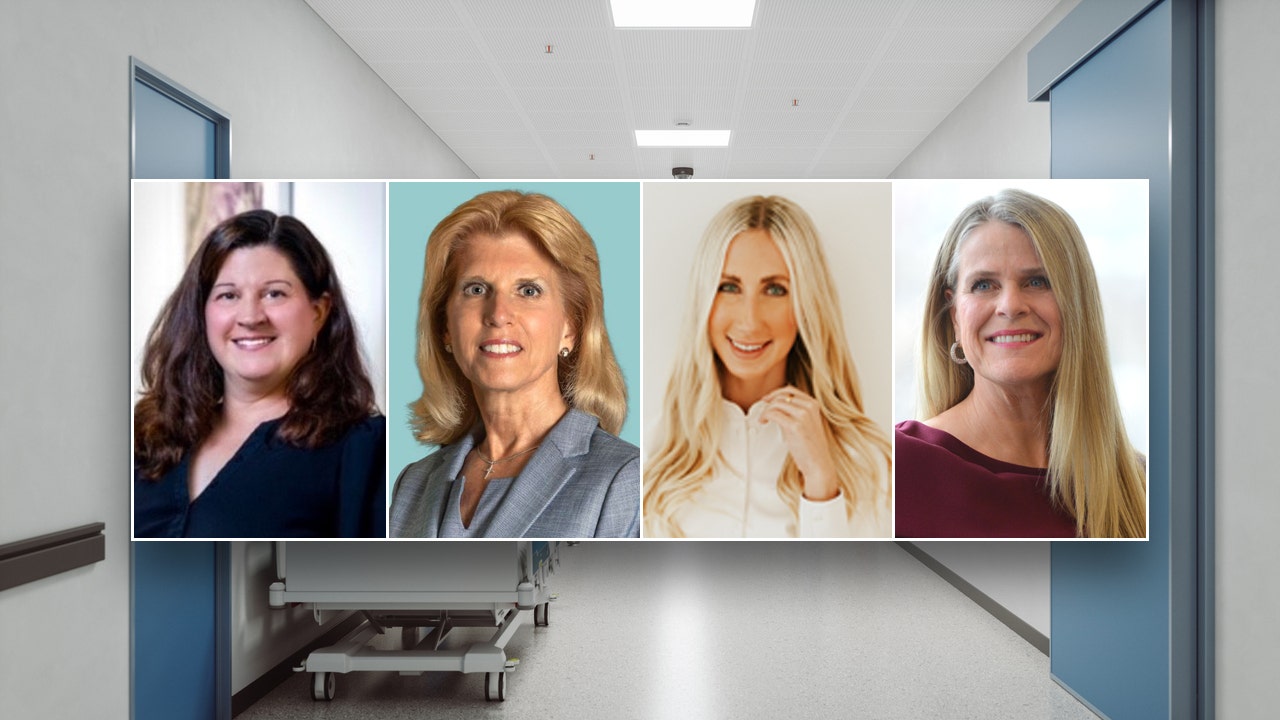
FIRST ON FOX: With nearly two-thirds of nurses in the United States experiencing burnout — including 69% of those under 25 years of age, according to the American Nurses Association — many in the industry are calling for change.
A recent survey by AMN Healthcare, a health care workforce solutions company based in Texas, found that most nurses aren’t optimistic about improvements, with 80% saying they think the year 2024 will be either “no better or worse” than last year and 38% of nurses expecting it to be worse.
“The concerns that many nurses have about their profession were not created by COVID-19 and have not gone away now that the crisis has passed,” Robin Johnson, group president of nursing solutions at AMN Healthcare, who administered the survey, told Fox News Digital.
NURSES CALL FOR CHANGE AS MANY REVEAL THEY’RE ‘EXTREMELY LIKELY’ TO LEAVE PROFESSION: ‘EMOTIONAL, STRESSFUL’
“Many nurses still feel overworked and undercompensated,” she said.
“What they want to see is a change in their daily working conditions — better hours, fair compensation and more time with their patients.”
Left to right, Karie Ryan, Michele Acito, Katelynn Blackburn and Lisbeth Votruba shared insights into the nursing profession with Fox News Digital. Two other nurses shared thoughts as well. (iStock/Karie Ryan/Michele Acito/Katelynn Blackburn/Lisbeth Votruba)
Amid the ongoing challenges faced by today’s nurses, six people in the profession shared what they wish they’d known before they decided to enter the field — and what advice they’d give to newcomers.
Lisbeth Votruba: ‘Nurses don’t have enough influence’
Lisbeth Votruba, a third-generation registered nurse in Belmont, Michigan, is also the chief clinical officer of AvaSure, a virtual health care platform.
“When I first entered the profession in the 1990s, I was surprised to learn that although nurses are held to high ethical and legal standards, they do not have the influence to match that level of accountability,” said Votruba.
“I see trends to show this is changing, and I am doing what I can as a member of the senior leadership team of a technology company to make sure the voice of nurses is heard as health care technology is being designed,” she said.
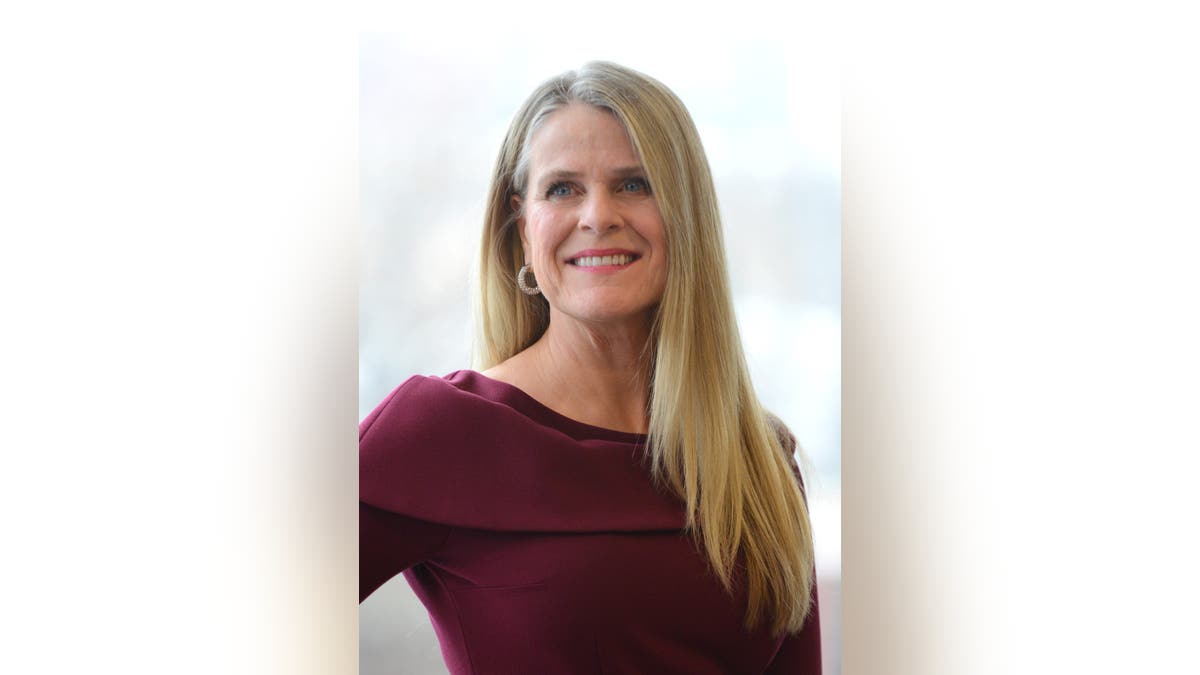
Lisbeth Votruba, a third-generation registered nurse in Belmont, Michigan, is also the chief clinical officer of AvaSure, a virtual health care platform. (Lisbeth Votruba)
“Nurses must be at the table for every discussion about technology that impacts the patient,” she said.
Mat Wellnitz: ‘Wish I’d known the stress involved’
Mat Wellnitz, a registered nurse in Big Rapids, Michigan, recently retired from a rural hospital after more than 34 years, most of them spent in critical care.
“I wish I’d known the amount of stress that’s involved in nursing,” said Wellnitz.
“I would have taken more time off for myself. It wasn’t until about a week after I retired that I realized how much stress I was blinded to.”
AMERICANS TRUST NURSES THE MOST OUT OF 23 MAJOR PROFESSIONS, NEW POLL FINDS: ‘AT THE FOREFRONT’
He added, “I used to lie down and instantly could feel my heart pounding, always thinking about work. But not anymore — and I sleep better.”
Larry Williams: ‘Your work impacts your overall health’
Larry Williams worked as a registered nurse at California’s Stanford Hospital in the intensive care unit before retiring in 2021.
“I went into nursing with my eyes wide open … There were no surprises because I worked in two different hospitals while going to school,” said Williams.
“My advice to anyone considering nursing and health care in general is to find a way to actually work in a hospital prior to graduating. Pay attention to your strengths and weaknesses and choose an area that fits you as a person.”
“It is not the career for everyone, but it was for me.”
He also told Fox News Digital, “While you are working, pay attention to how your work is impacting your overall health. Not everyone is cut out to work in the ICU. I still have occasional work dreams, and I remember the names and faces of people I cared for who did not survive.”
Said Williams, “That is balanced by the happy memories of my peers as well as lives that I have touched … It is not the career for everyone, but it was for me.”
Karie Ryan: ‘Bedside nursing is not the only option’
Karie Ryan, currently the chief nursing officer at health tech firm Artisight, spent 27 years as a nurse in Florida, with a specialty in medical/surgical/orthopedics.

Karie Ryan, currently the chief nursing officer at the health tech firm Artisight, told Fox News Digital, “There are so many specialty opportunities, including nursing informatics.” (Karie Ryan)
“I wish I had known that bedside nursing is not the only option available in order to make an impact,” she told Fox News Digital.
“There are so many specialty opportunities, including nursing informatics.”
She added, “If nursing schools offered exploration in nursing informatics and other subspecialties, it would open a new world of possibilities not only to those entering the field, but as a consideration for nurses later in their career who may want to transition but remain in the profession.”
Katelynn Blackburn: ‘Constant pressure took a toll’
Katelynn Blackburn, a former nurse who is now an entrepreneur, worked 12-hour night shifts for parent access care in Chico, California, for over two years before leaving the field.

Katelynn Blackburn worked 12-hour night shifts for parent access care in Chico, California, for over two years before leaving the field. (Katelynn Blackburn)
“I wish I would have known more about how my personality would affect my profession in the medical field,” said Katelynn Blackburn.
“I am empathetic and caring; however, the field itself comes with a lot of pain and anxiety for patients and their families,” she said.
“The constant exposure to hardships, on top of the pressure of providing comfort and support to patients and their families, definitely took its toll on me.”
NATIONAL NURSES WEEK 2024: HOW TO CELEBRATE AND SHOW APPRECIATION TO THE NURSES IN YOUR LIFE
She added, “I wish I had thought less about the income and salary and more about what the actual job entails. You must find something you are passionate about and ensure that it will secure your family financially.”
Noted Blackburn, “I have always had an entrepreneurial mindset and a personality driven to achieve more — so I decided to leave to pursue something I felt more aligned with.”
Michele Acito: ‘Emotional bond is deep’
Michele Acito is executive vice president and chief nursing officer at Holy Name Medical Center in New Jersey. She joined Holy Name in 1989 as a telemetry nurse, working in the cardiovascular and intensive care units before she was promoted. Earlier in her career, she worked as a staff nurse in orthopedics at St. Joseph’s University Medical Center.
“I wish I’d known about the emotional commitment I was making,” said Acito.
CLICK HERE TO SIGN UP FOR OUR HEALTH NEWSLETTER
“We know we will be committed to providing the best care … but the emotional bond and commitment you make to patients and families as they navigate through life-changing events is deep. As a nurse, you quickly learn how to comfort, celebrate, support and educate patients and families through the good and the difficult times.”
She added, “Today, nearly 40 years into my career, I am able to reflect on how my training as a nurse helped me to help patients and families during their most vulnerable moments. It is what makes me proud to be a nurse.”
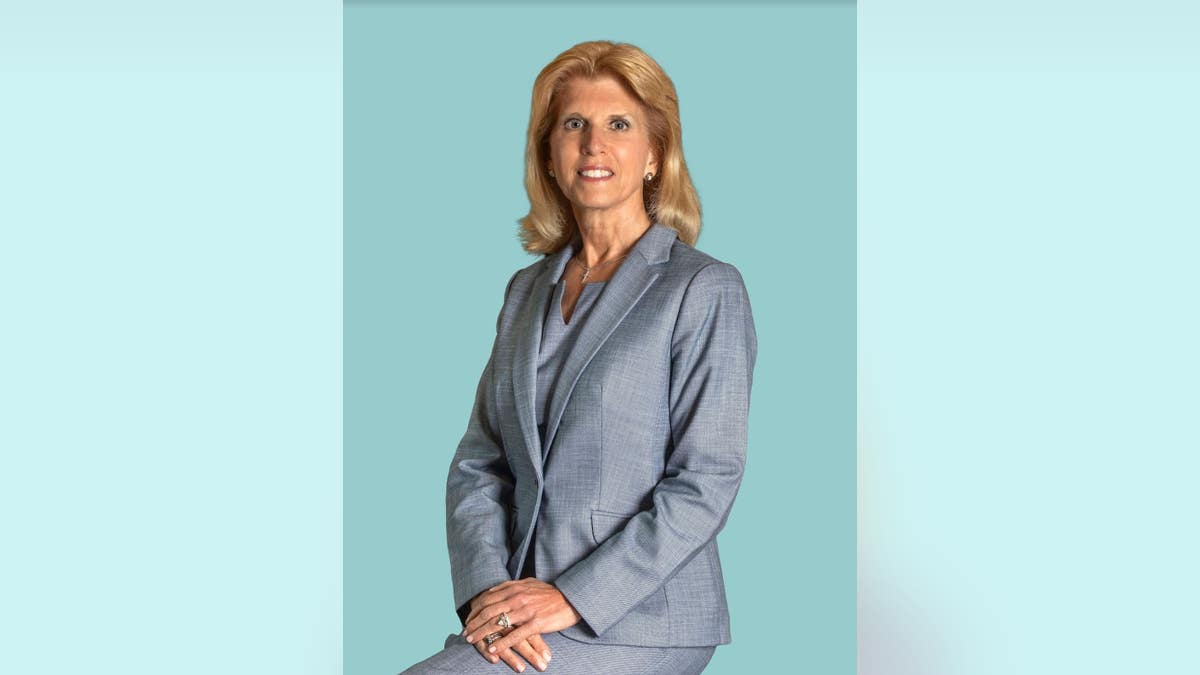
Michele Acito is executive vice president and chief nursing officer at Holy Name Medical Center in New Jersey. She originally joined Holy Name in 1989 as a telemetry nurse, working in the cardiovascular and intensive care units. (Michele Acito)
“Another thing I wish I had known before entering the profession,” said Acito, “was how complex it would be to blend a career, a young family and a household.”
“Nursing was the perfect career for someone striving to manage it all.”
But “what I realized was that nursing was the perfect career for someone striving to manage it all and find fulfillment and purpose on a personal and professional level. It requires thoughtful prioritization, planning and support.”
Other insights: ‘A nurse is a career learner’
Acito also shared the importance of ongoing education to set up nurses for success.
“Having graduated from a BSN program, I thought I was educationally set for my entire career,” she said. “I quickly realized that was not true.”
She noted, “A nurse is a career learner. Obtaining degrees is very important to remain current with theory — but learning through continuing education is paramount to staying current in practice.”
“Technologically, nothing remains the same in health care,” said Acito. “It’s an ever-evolving field. Pursuing a nursing career in hospitals and health systems that are committed to investing in innovation and technological advancements is critically important.”
Acito also pointed out, “What I did not know then, but I know today, is that I made the best career choice when I decided to be a nurse. The hours are difficult, the stress intense, the emotional commitment deep — but the rewards are innumerable.”
For more Health articles, visit www.foxnews.com/health.
-

 Movie Reviews1 week ago
Movie Reviews1 week ago‘The Substance’ Review: An Excellent Demi Moore Helps Sustain Coralie Fargeat’s Stylish but Redundant Body Horror
-

 Movie Reviews1 week ago
Movie Reviews1 week ago‘Rumours’ Review: Cate Blanchett and Alicia Vikander Play Clueless World Leaders in Guy Maddin’s Very Funny, Truly Silly Dark Comedy
-

 Culture1 week ago
Culture1 week agoFrom Dairy Daddies to Trash Pandas: How branding creates fans for lower-league baseball teams
-

 News1 week ago
News1 week agoVideo: A Student Protester Facing Disciplinary Action Has ‘No Regrets’
-

 Movie Reviews1 week ago
Movie Reviews1 week ago‘Blue Sun Palace’ Review: An Intimate, Affecting and Dogma-Free Portrait of Chinese Immigrants in Working-Class New York
-

 World1 week ago
World1 week agoPanic in Bishkek: Why were Pakistani students attacked in Kyrgyzstan?
-

 Politics1 week ago
Politics1 week agoAnti-Israel agitators interrupt Blinken Senate testimony, hauled out by Capitol police
-

 Politics1 week ago
Politics1 week agoMichael Cohen swore he had nothing derogatory on Trump, his ex-lawyer says – another lie – as testimony ends











